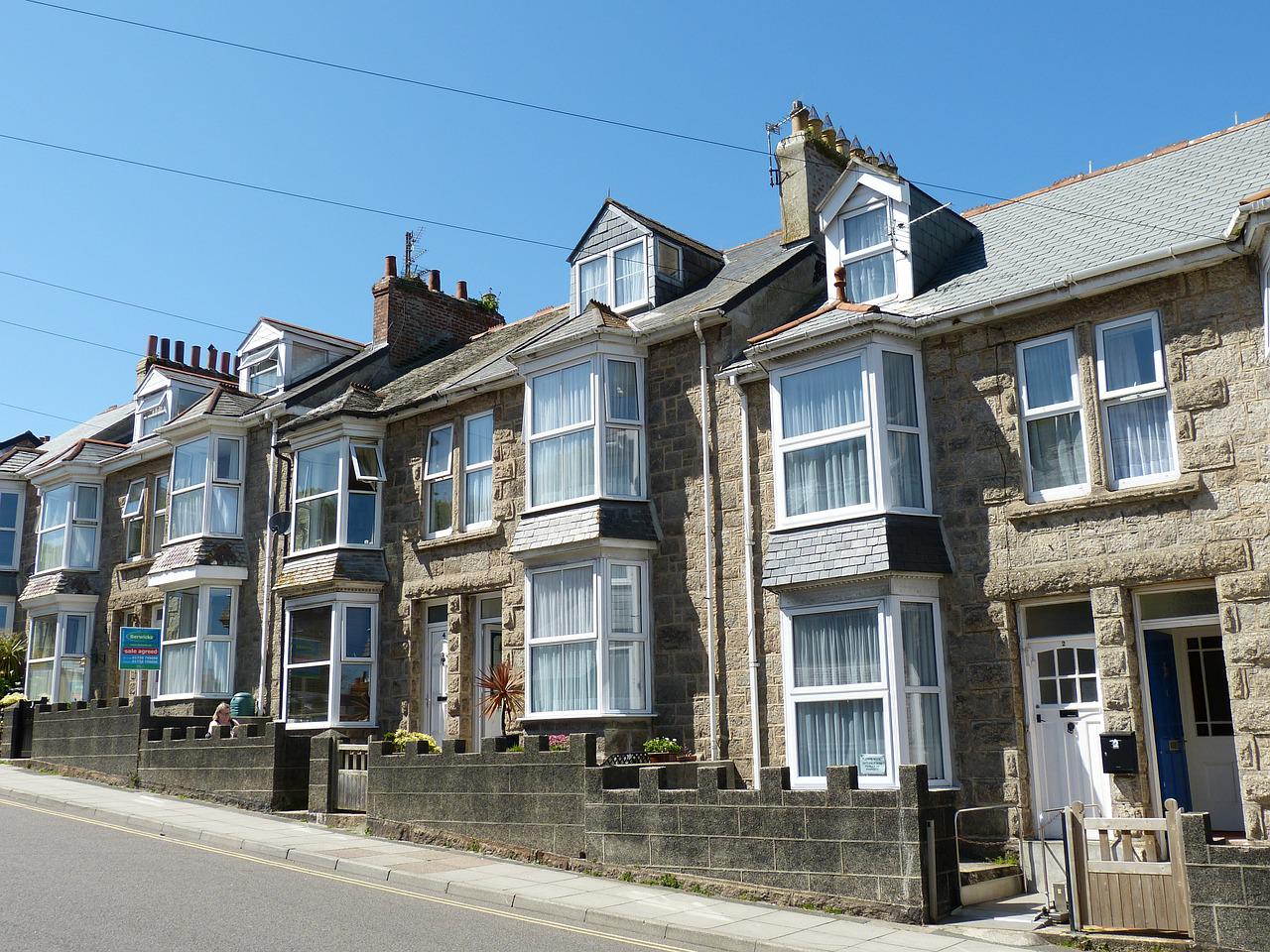New government rules surrounding Energy Performance Certificate (EPC) ratings for new tenancies are due to come into effect in 2025 and buy-to-let landlords need to start thinking about what it means for them if they want to avoid penalties.
The changes to the Minimum Energy Efficiency Standards (MEES) are being introduced by the Government in an effort to achieve the target of net-zero carbon emissions by 2050.
EPC Basics
EPC ratings demonstrate the energy efficiency of a property with the most efficient graded as A and least efficient graded as G. Anyone selling or letting a property must provide an EPC to the buyer or tenant and they can be accessed through an accredited property assessor at a cost of between £40 and £70.
Once an EPC has been issued, it is valid for ten years. When it runs out, a new one is only required if a new tenancy is being entered or if the property is being sold.
2025 EPC rule changes
EPC ratings were first introduced in 2007 to demonstrate a properties energy efficiency and since April 2020 all new tenancies have been required to have an EPC rating of E or above.
This will change in 2025, when landlords will need to ensure that any new tenancies achieve a minimum EPC rating of C, and by 2028, all rental property will need to have reached the new minimum standard.
So how exactly will this impact landlords and what will they need to do to achieve the new standards for their buy-to-let property portfolios?
What are the implications for Landlords?
Considering that it’s estimated that 60% of UK homes currently have an EPC rating of D or lower, landlords need to start considering whether they will need to make changes to their properties, and if so, how they will fund the modifications.
Many landlords only have minimal knowledge of the upcoming changes, and even those that do, have limited awareness of the costs involved to bring a property up to the required standards.
Currently a cap of £3,500 exists, whereby a landlord spends up to this value (including funding or grants from the Government, local authorities, or energy companies) on energy efficiency improvements. For improvements which exceed £3,500, landlords can apply for a high-cost exemption. However, to allow for the higher costs involved in taking a property up to an EPC rating of C, the new 2025 regulations come with a cap of £10,000.
It is estimated that it could cost around £6,000 to take an E rated property to the minimum C rating, so for landlords with bigger property portfolios, the cost implications could be hefty.
Why Act now
In addition to the costs involved in upgrading the energy efficiency of property, there are other reasons that landlords may want to consider acting sooner rather than later to meet the new regulations.
It could take some time to complete the work needed, and the more properties a landlord owns, the more time needed. All this, at a time when the builders and tradesmen required to complete the work are in high demand.
There are also potential benefits should you come to sell before 2025, as property which has already received the necessary modifications to achieve the C rating can attract substantially higher sales values than those which have not.
Landlords should of course factor in additional renovation costs if they are in the process of buying or considering buying any new rental property.
How to improve the energy rating of your property portfolio
So, what modifications can landlords make to achieve the all-important C rating? A number of changes can be made, and some are more costly than others. Examples include:
- Upgrading to LED lighting
- Insulating the roof and walls properly
- Installing a more energy efficient boiler
- Installing double or triple glazing in place of old windows
- Choosing an energy supplier that offers a smart meter
- Adding solar panels or ground source heating
How to finance the EPC improvements
All these modifications come at a cost, and for landlords looking to cover this with a loan, there are a few options, including short term funding such as a bridging loan or longer-term funding such as a second charge loan.
Bridging loans can be secured against any property in a landlord’s portfolio and are a good option if less than one year is needed to complete the work. On completion, the value of the property should have increased, making it possible to refinance with a new buy-to-let mortgage.
If, however, more time is needed to make the improvements or refinance is less favourable because you have a good deal on your existing mortgage, then a second charge loan could be more appropriate. This loan would run alongside the current mortgage deal and allow you to borrow for just a handful of years.
Consequences of not meeting Minimum Energy Efficiency Standards
Currently, buy-to-let landlords, who do not meet the minimum standards, can be served with a compliance notice and issued a fine of up to £5000 per property by the local authority.
However, from 2025 these fines are planned to increase to £30,000 per property making it imperative that landlords begin planning for the changes needed for their property.
If you need advice regarding your finances in light of the upcoming EPC changes or are concerned about securing finance to make the required modifications, please get in touch with the Kingston Burrowes team who will be happy to support you.




